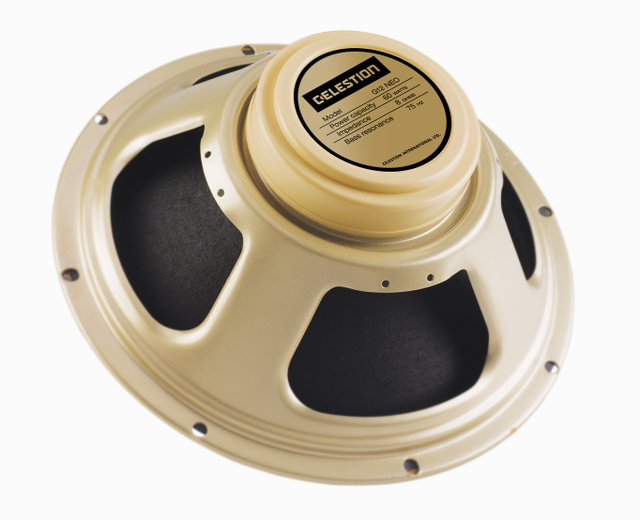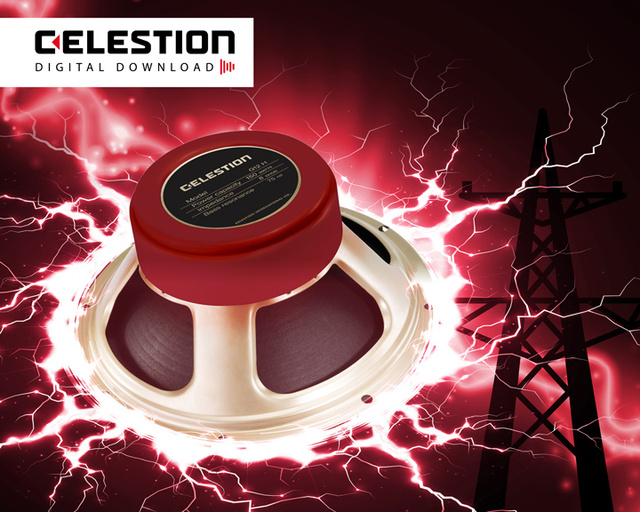
The kit provides a Celestion CDX20-3020 driver with a P-Audio PH-2380 horn as tweeter. Two Celestion FTR15-4080F are used for the bass range.
Our kit consists of:
- Celestion CDX20-3020, 3 inch-Titanium-Driver, 8 Ohm
- P-Audio 2 inch horn PH-2380
- 2x Celestion woofer FTR15-4080F, 97dB, 40Hz-1.5kHz
- PE sealing tape, 5×2 mm, 7.5 m
- 2,5x Foam N25, 100x50x4 cm, black
- 2x Neutrik Speakon NL4MPR, connector round, 4 pin
- 4m Speaker cable 2×2.5 mm2, transparent
- 26x 1 pieces drive-in nuts M6, DIN 6930 g zinc-plated
- 16x 1 pieces Allen screws M6x50, DIN 912, black
- 10x Counter sunk screw black phosphatised M 6 x 30
- 4x Adam Hall 4907 rubber foot
- 2x Handle recess GSM-220, steel 22×16 cm, black
- Plan for DIY kit
Technical data
- impedance: 4 Ohm
- sensivity (2,83V/1m): 98 dB
- size (HxWxD): 1250 x 500 x 500 mm
- frequency range (-8dB): 50 – 21000 Hz
- crossover frequency(s): 1000 Hz
- speaker type: bass reflex










